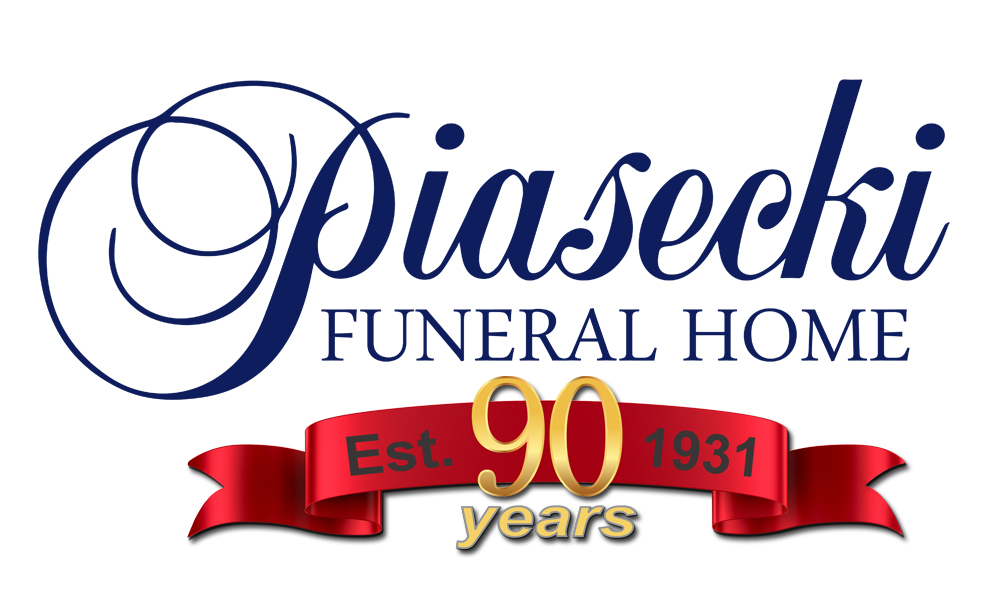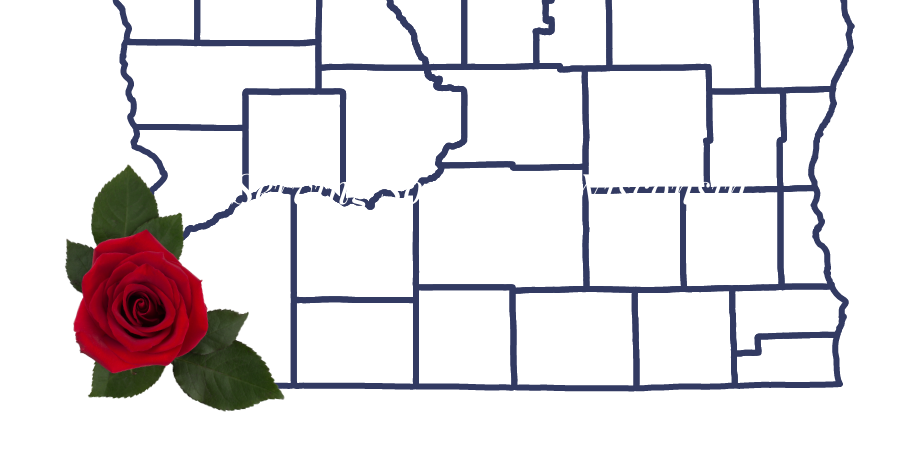A Look at Different Cultures’ Cremation Practices and How They Have Changed Over Time
In recent years, cremation has seen a marked increase in popularity in the United States, driven by its flexibility, cost-effectiveness, and the changing preferences of society. However, cremation is a practice with deep roots and varied traditions across the globe. Each culture brings its unique perspective to this ancient method of honoring the deceased, influenced by religious beliefs, societal norms, and historical contexts. Exploring these practices offers a window into the diverse ways humanity commemorates life, providing valuable insights into our own approaches to memorialization.
Traditional Cremation Practices
India:
In India, the sacred fire (Agni) plays a pivotal role in the cremation process, embodying purification and the release of the soul. Stemming from ancient Vedic texts, this practice is primarily observed among Hindus, Buddhists, Jains, and Sikhs. It emphasizes the spiritual journey of the soul towards liberation or reincarnation, deeply intertwined with the country’s religious doctrines.
Interesting Fact About Indian Cremations:
One of the oldest recorded cremations in India can be traced back to the Indus Valley civilization, around 2500 BCE. This ancient practice underscores the long-standing significance of cremation within Indian spiritual and cultural traditions, reflecting a profound respect for the element of fire in the cycle of life and death.
Japan:
Buddhism’s teachings on the impermanence of life have significantly influenced Japan’s cremation traditions. The widespread adoption of cremation in the late 19th century was a practical response to prevent disease spread and conserve land, yet it also reflects the Buddhist view of life’s transitory nature.
Interesting Fact About Japanese Cremations:
In Japan, the first crematorium was built in 1875, shortly after the government officially approved cremation. This move was partly influenced by a cholera epidemic, showcasing how practical health concerns accelerated the adoption of cremation, intertwining with existing Buddhist practices that favor the process.
Indonesia:
In Bali, the Ngaben ceremony is not just a method of body disposal but a grand, soul-purifying event that guides the deceased towards the afterlife. These elaborate rituals, filled with art and community participation, stem from Balinese Hindu beliefs in reincarnation and the spiritual elevation of the soul.
Interesting Fact About Indonesian Cremations:
The royal cremation ceremonies in Bali, known as “Pelebon,” are renowned for their grandeur and elaborate preparation, sometimes taking years to plan and involving the construction of towering, ornate sarcophagi. These ceremonies highlight the cultural importance of cremation, celebrating the deceased’s return to the cosmos in a spectacle of art, community, and faith.
United Kingdom:
The UK’s turn to cremation in the early 20th century was motivated by public health concerns, urbanization, and space constraints. Today, it represents one of the countries with the highest cremation rates, where the practice is accepted across various faiths and secular communities.
Interesting Fact About British Cremations:
The United Kingdom’s first modern cremation is credited to Dr. William Price, a Welsh physician who, in 1884, performed a cremation in defiance of prevailing burial practices. His actions led to the Cremation Act of 1902, which formally legalized the practice in the UK, setting a precedent for the modern acceptance of cremation.
Egypt:
In Egypt, the traditional method for handling the deceased has been burial, deeply rooted in Islamic and Coptic Christian beliefs. Islamic teachings specifically prescribe burial, emphasizing respect for the body and a swift return to the earth. This practice aligns with the ancient Egyptian custom of mummification, where preserving the body was believed to be essential for the afterlife.
Interesting Fact About Egyptian Cremations:
Ancient Egypt is renowned for its mummification process, a meticulous ritual that involved embalming the body and wrapping it in linen to preserve it for the afterlife. However, it’s less commonly known that some early dynastic Egyptians practiced cremation alongside burial. Archaeological findings, including remnants of burnt human bones dating back to 3500 BCE, suggest that cremation was part of a diverse set of funeral practices during Egypt’s formative years.
Peru:
In Peru, burial has been the predominant practice, deeply influenced by Catholicism introduced during the Spanish conquest and indigenous beliefs that emphasize the sacredness of the Earth. The physical body’s connection to the land is a recurring theme in Andean cultures, often reflected in burial rites that seek harmony with nature.
Interesting Fact About Peruvian Cremations:
Among the ancient civilizations of Peru, including the Inca Empire, it was common to mummify the elite and place them in sacred sites or huacas. However, an interesting aspect of pre-Columbian Andean cultures is their practice of ancestor veneration, which sometimes involved the display of mummified remains in family homes or public ceremonies.
United States:
The United States presents a unique blend of traditional and contemporary cremation methods, reflecting its diverse cultural landscape. The focus on personalization is evident in the wide range of available memorialization options, such as incorporating ashes into jewelry, art, or reef balls, mirroring a broader cultural trend towards unique end-of-life commemorations.
In addition to personalization, the United States is notable for its embrace of eco-friendly and sustainable cremation practices, with many crematoriums adopting advanced technologies to minimize environmental impact. Furthermore, significant strides in improving access to affordable cremation services have been made, reducing the financial burden of end-of-life expenses and making cremation a more accessible option for families.
Interesting Fact About American Cremations:
Crestone, Colorado, houses the only legal, open-air cremation site in the United States, offered by the Crestone End of Life Project (CEOLP). This unique approach allows for a return to the elements in a personal and communal manner, reflecting a blend of spiritual beliefs and environmental considerations.
Evolution and Current Trends in Cremation Practices
In recent times, the essence of cremation practices has consistently echoed historical traditions, yet we’ve observed significant evolutions, primarily influenced by urbanization and a growing emphasis on environmental sustainability.
In India, a pivotal shift towards electric crematoriums has emerged, inspired by both ecological considerations and economic efficiency. These modern facilities, favoring environmental preservation over traditional wood-burning methods, offer a more sustainable and accessible option for urban communities, embodying the adaptability of ancient rites to contemporary challenges.
Japan has witnessed the advent of “corpse hotels,” an innovative solution to the scarcity of burial space. This development reflects a harmonious blend of pragmatism and reverence, allowing families to maintain a close presence to their loved ones during the bereavement process, a testament to the country’s evolving yet respectful approach to death.
Bali has seen a transition towards more modest cremation ceremonies, a movement driven by financial realities. This adaptation preserves the spiritual essence of the Ngaben ceremony while ensuring its accessibility to all, illustrating the dynamic interplay between tradition and economic factors.
The United Kingdom’s trend towards personalized funerals mirrors a broader shift towards individualized memorial services. This evolution, rooted in a desire to uniquely honor each life, showcases the integration of personal preferences within the collective practice of mourning, reflecting a society that values both individuality and tradition.
Egypt maintains its ancient practice of mummification, a testament to the enduring influence of historical beliefs on contemporary funeral customs. This method, deeply interwoven with the nation’s cultural fabric, exemplifies the profound respect for the deceased and the eternal journey of the soul.
In Peru, the ancient Moche civilization’s practice of cremation within their burial rituals highlights a profound connection to spiritual beliefs and traditions surrounding mortality. This historical perspective offers insight into the enduring nature of such practices, even as contemporary Peruvian society navigates the balance between ancient customs and modern beliefs.
The United States is experiencing a notable shift towards eco-friendly or “green” burials, emphasizing a reduced environmental footprint. This trend towards biodegradable materials and sustainable end-of-life choices reflects a growing consciousness of ecological impact, aligning with broader societal values of environmental stewardship and personal expression in memorialization.
How Could the Future of Cremation Evolve?
Looking forward, cremation practices are poised for further evolution, shaped by technological innovations, environmental imperatives, and shifting cultural paradigms.
Increased Use of Technology in Memorialization
The integration of digital technology into cremation practices promises more elaborate memorialization techniques. Virtual reality (VR) could offer immersive tributes, allowing for personalized remembrance experiences that transcend traditional boundaries. Additionally, the potential for more interactive online memorials suggests a future where communal expressions of grief and memory are enhanced through technology.
Advancements in Eco-Friendly Cremation Methods
The pursuit of environmental sustainability is likely to drive the adoption of greener cremation techniques. Alkaline hydrolysis, or water cremation, represents a promising development, offering a more eco-conscious alternative to conventional methods. Similarly, solar cremation could emerge as a novel approach, harnessing renewable energy for a process aligned with ecological values.
Personalization Through Biotechnology
Biotechnological innovations may introduce unique memorial options, such as transforming cremated remains into living tributes like trees or commemorative diamonds. These options would provide tangible, enduring legacies, embodying the individual’s essence in a form that contributes to the cycle of life.
Legislation and Cultural Shifts Opening New Possibilities
Evolving societal attitudes and legislative changes could broaden the spectrum of acceptable cremation practices. This might include a resurgence of open-air cremations or the establishment of memorial forests, reflecting a desire for natural, meaningful commemoration methods that resonate with contemporary values.
Enhanced Focus on Mental Health and Grieving Processes
An increased emphasis on the psychological aspects of grieving and memorialization could lead to more comprehensive support services. Tailored memorial services, focusing on the emotional well-being of the bereaved, would represent a holistic approach to commemorating life, underscoring the importance of mental health in the grieving process.
Exploring the myriad ways in which cultures across the globe engage with cremation reveals a rich mosaic of traditions, each with its unique significance and adaptations to modernity. From the spiritual ceremonies of India to the innovative practices in Japan and the personalized memorials in the UK, these varied approaches to cremation highlight the universal quest for meaningful ways to honor the transition from life to the afterlife. Through this exploration, we gain a deeper understanding of the intricate tapestry of funeral customs that embody humanity’s perennial journey towards remembrance and closure.
At Piasecki Funeral Home, we understand the importance of tailoring the cremation process to fit the unique needs and values of every family. Our dedicated team is ready to guide you through your cremation needs with compassion and expertise. We listen attentively to your religious and cultural considerations to create the most meaningful experience possible. Whether it’s incorporating specific rituals that honor your traditions or providing options that reflect your loved one’s personality, we are committed to making this journey as comforting and respectful as it can be. Trust us to support you with personalized care, ensuring that your loved one’s memory is honored in a way that truly reflects their life and beliefs.

We are here to help you through the process for your end-of-life care.
Ron Nelson is our preplanning expert ready to help you when you are.
Give Ron a call at 262-658-4101 or email Ron at [email protected]








